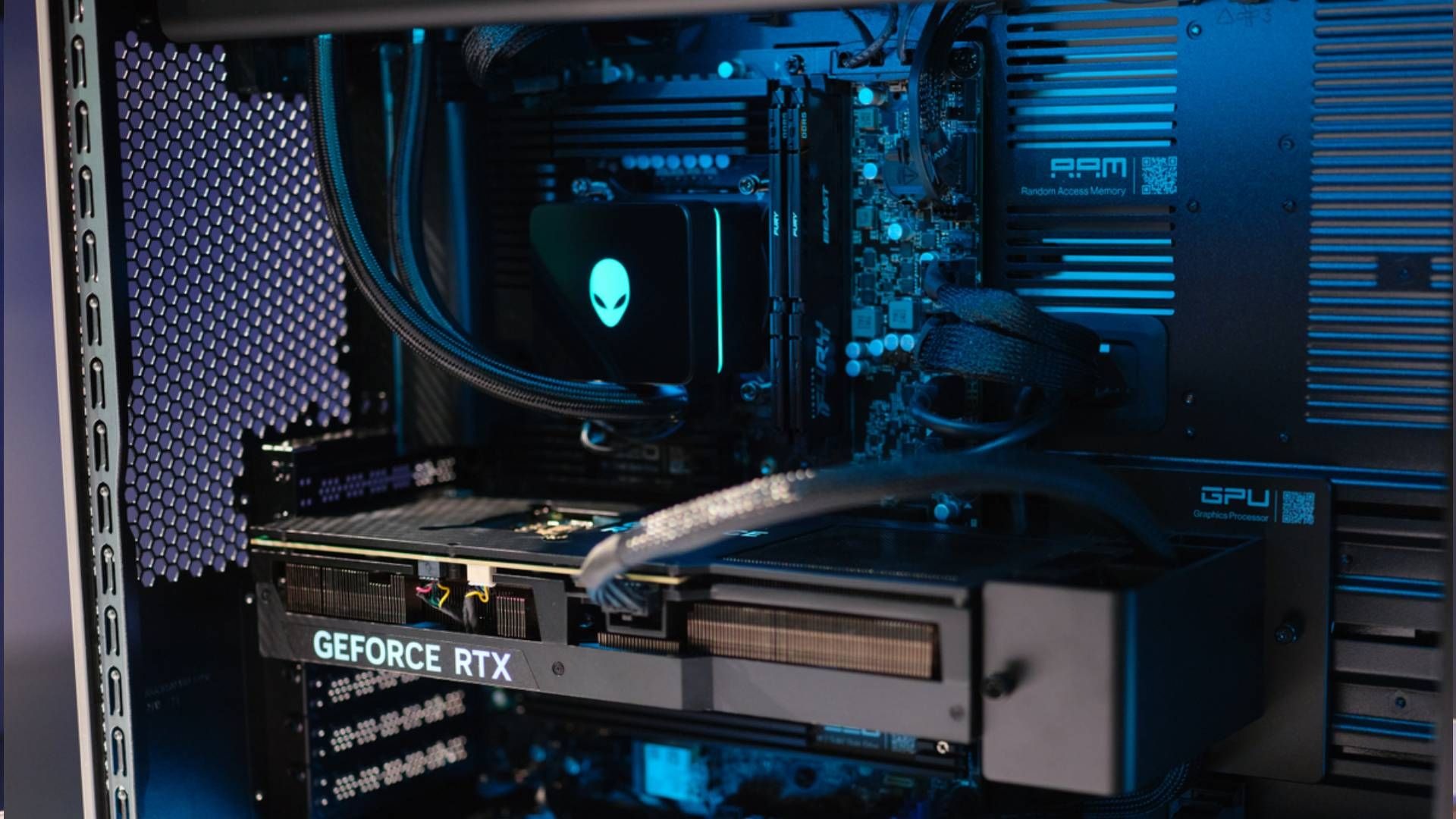Even if Windows 10 Mobile succeeded, Microsoft would still be pursuing a post-smartphone strategy
I recently wrote that Windows 10 Mobile has devolved into a "beta platform" where Microsoft is continuing investment only to maintain development of ARM and cellular connectivity in preparation for future devices.
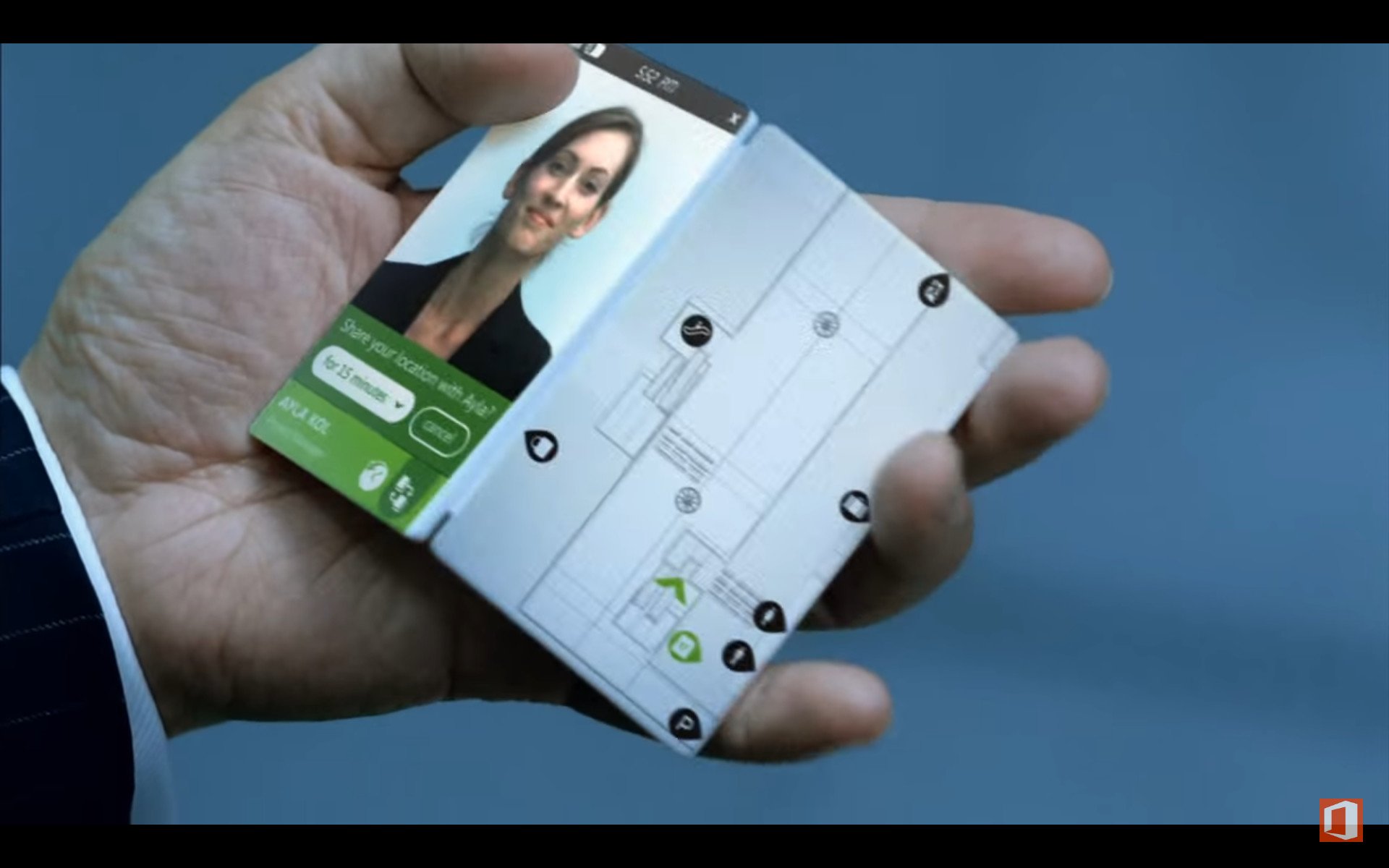
This is not some arbitrary claim pulled from thin air. Windows Chief Terry Myerson said as much when Microsoft watcher Mary Jo Foley asked him why Microsoft continues releasing builds for the platform when it had just one percent market share.
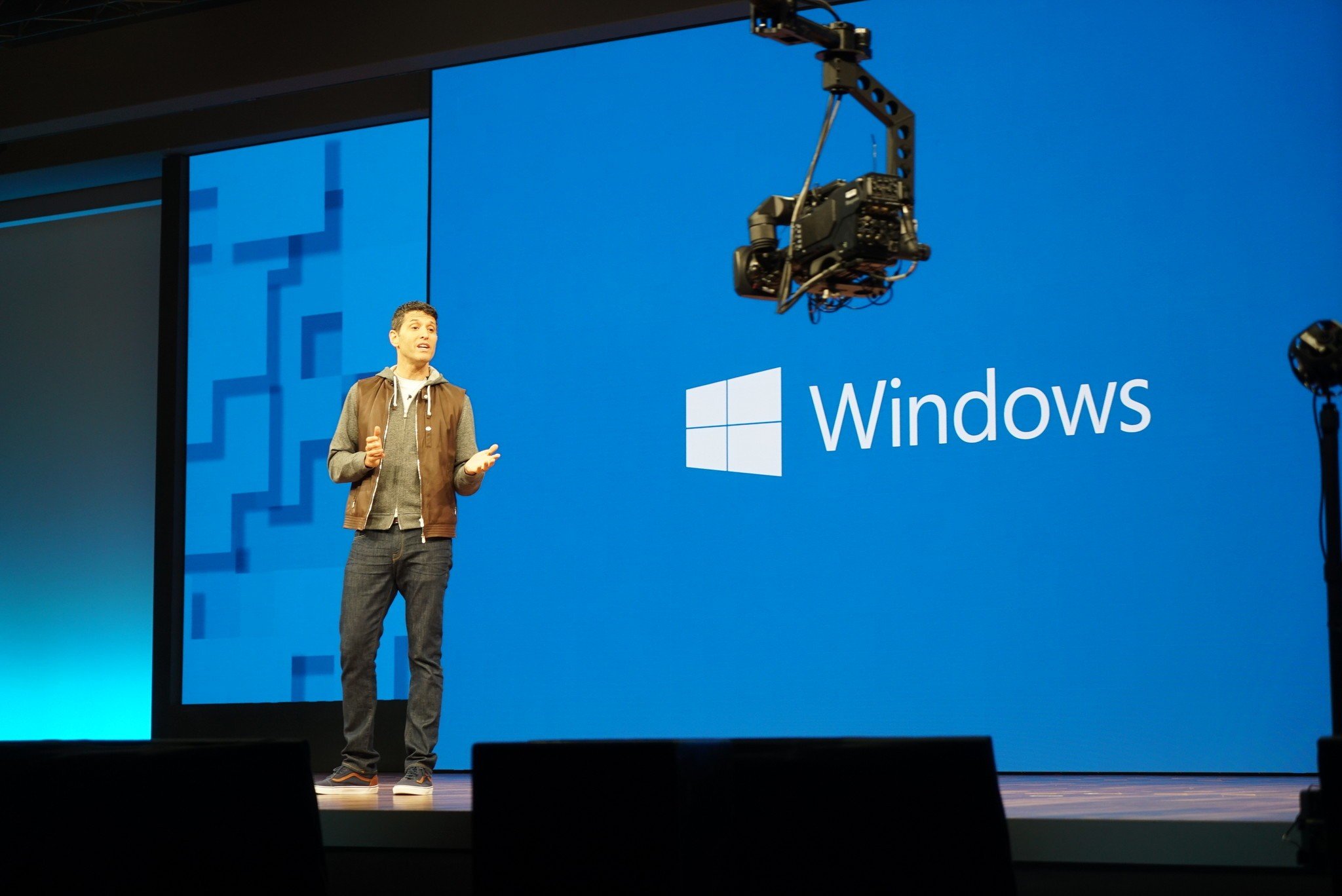
Terry replied:
Technically, there are...two things...unique about Windows Mobile. One is cellular connectivity and the other....ARM processors…both…have a role in the technical landscape of the future.So we're going to continue to invest in ARM and cellular. And while I'm not saying what type of device...we'll see...Windows devices, that use ARM chips...that have cellular connectivity. When you stop investing in these things, it's super hard to restart.When you're investing into growth, it's easier, but when you're investing for technical strategy...sometimes people can question it...especially among your readers.
I know using a platform you love, in which a company's only interest is to maintain technical relevance for future devices is an awkward position to be in.
It's also difficult for some fans to accept that this positioning of Windows 10 Mobile invariably suggests that the OS will be allowed to die (just like its Windows-on-mobile predecessors) once it fulfills its current purpose.
Microsoft's no longer trying to advance Windows 10 Mobile in the market, but it was only part of the company's mobile strategy anyway.
Windows (on) phone isn't dead - and may never die
Still in the game
Though Windows 10 Mobile's approaching an end, Myerson provided the consolation that just as previous iterations of Windows-on-mobile died and were followed by another OS, there will be a successor.
Get the Windows Central Newsletter
All the latest news, reviews, and guides for Windows and Xbox diehards.

Myerson's reference to future devices, coupled with CEO Satya Nadella's acknowledgment of the same as recently as May assures us that Microsoft will not be abandoning mobile when Windows 10 Mobile is no more.
This is reassuring, and bittersweet for those who enjoy Microsoft's platform. After years of struggles, Windows phone fans must brace for Windows 10 Mobile's demise. The potential for something better, presumably in the form of full Windows 10 on ARM on form-shifting ultramobile PCs does, however, point a way forward.
Still, would Microsoft be pursuing such an ambitious post-smartphone strategy if Windows 10 Mobile had not failed? Yes, I believe it would.
Stay the course
A look back to the 1990's at Pocket PCs reveals Microsoft has always envisioned Windows on a pocketable device. Every iteration of the platform on mobile devices has been an attempt to achieve that dream. Pocket PC, Windows Mobile, Windows Phone and now Windows 10 Mobile have all had varying degrees of success but have all ultimately failed.
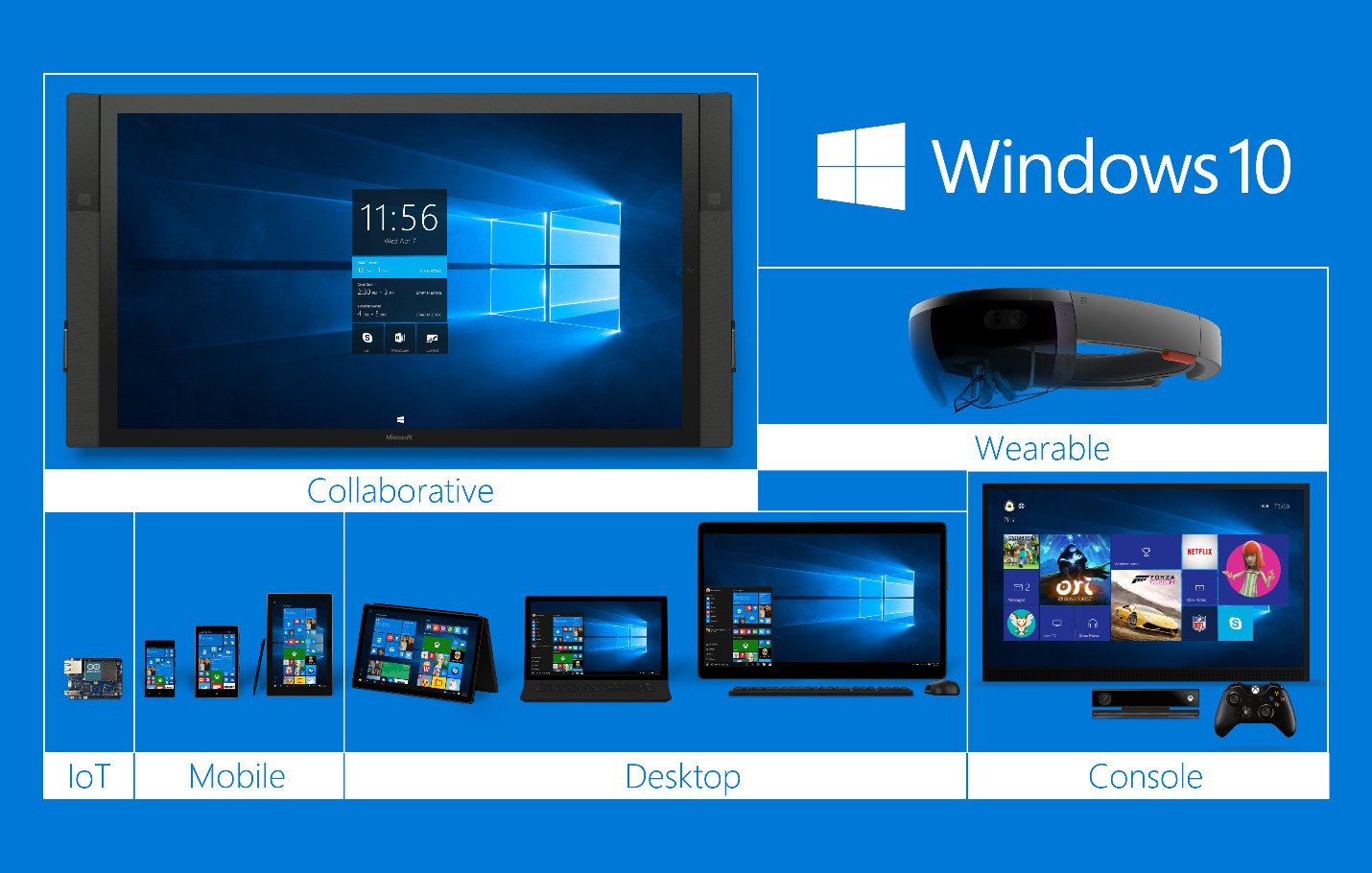
Ideally, OneCore, (where technically Windows 10 Mobile and Windows 10 are both simply Windows) would have given Windows 10 Mobile an edge.
On paper Windows 10 Mobile, because of the Universal Windows Platform (UWP), would have been a beneficiary of apps designed for Windows 10 with minor tailoring for the small screen. It would have also been (on paper) simultaneously developed with Windows 10 thereby reaping the benefits of the evolution of the platform.
Microsoft's goal has always been one Windows on all form factors.
Finally, the familiarity of Windows 10 among consumers was supposed to make Windows 10 Mobile both more familiar and appealing to the masses. None of this happened as planned.
Still, Microsofts vision has always been one Windows on all form factors. And when I say Windows, I mean Windows, not the pseudo version that is Windows 10 Mobile. This is why Microsoft continued pursuing ways to get full Windows on smaller, lighter, ARM-based, cellular-connected devices despite the fact Windows 10 Mobile existed.
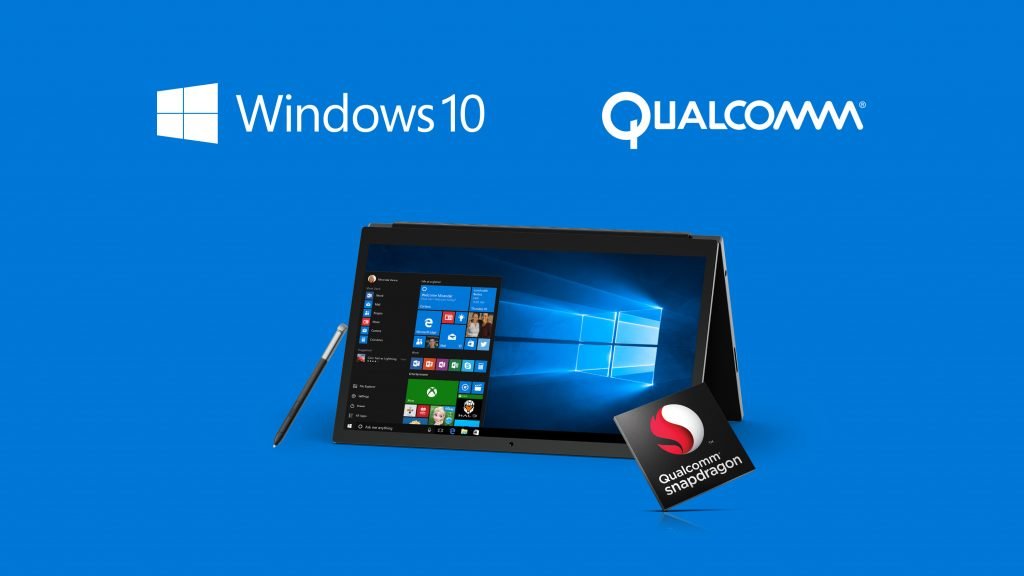
I believe that Microsoft acknowledges Windows 10 Mobile as an achievement, but not a full realization of the Windows on all form factors dream.
So am I saying that Windows 10 Mobile was merely a transitory OS on the way to full Windows on a pocketable device? No, I am not.
Windows 10 Mobile and full Windows on ARM, dynamic duo
I believe Microsoft's plan "A," if Windows 10 Mobile had succeeded, was to continue its implementation on smartphones (and small tablets) for as long as the smartphone market thrived.
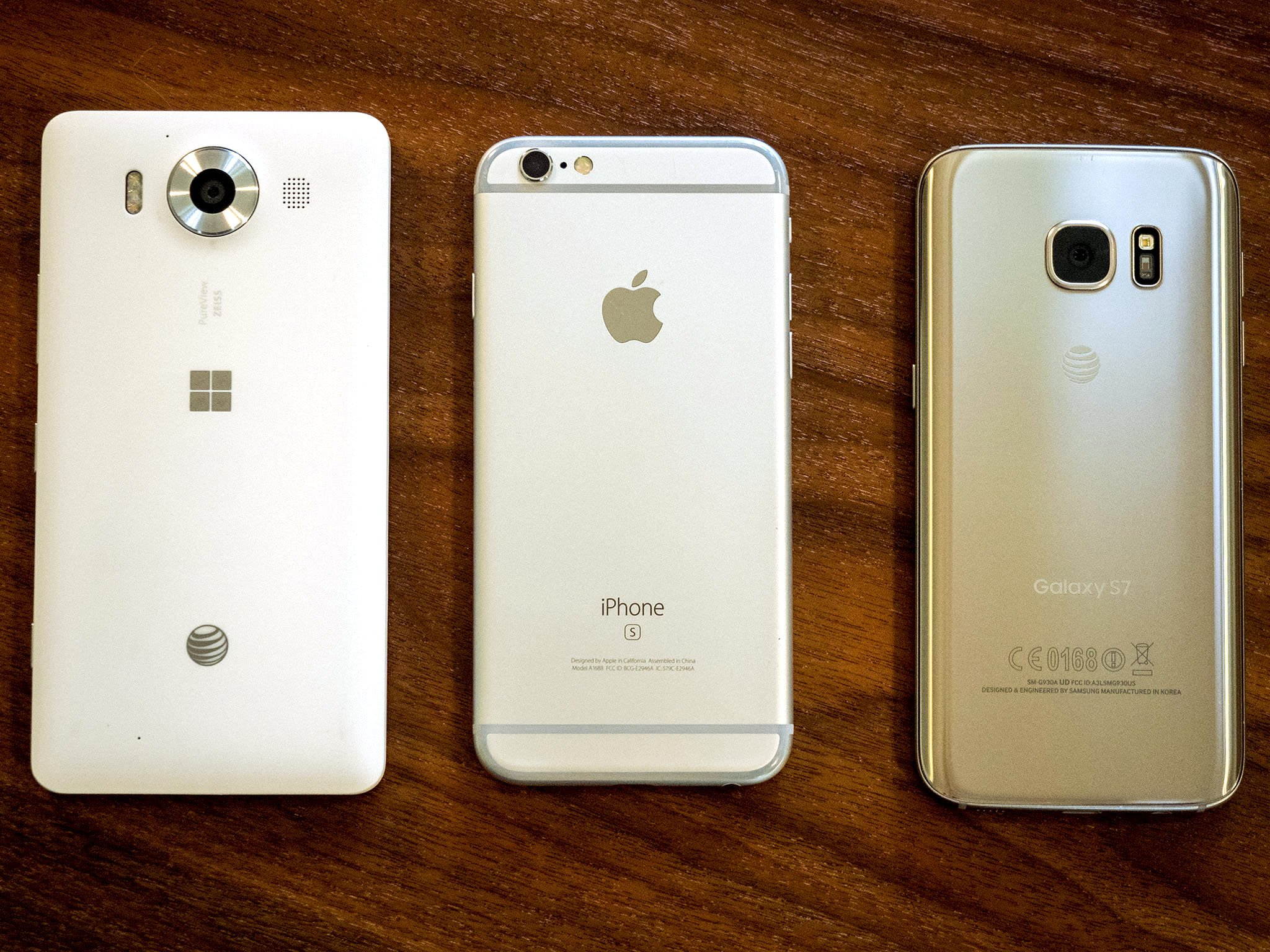
Microsoft hoped Windows 10 Mobile would be a successful third smartphone platform besides Android and iOS.
This would have ensured a market presence, mindshare and a growing ecosystem while Microsoft continued with the other phase of its mobile strategy. Smartphones weren't the end game folks.
Full Windows on ARM is the route to Windows on all form factors; something Windows 10 Mobile on smartphones had not achieved. Though it is Windows, Windows 10 Mobile never had full parity with Windows PCs.
Making PCs pocketable, not cramming full Windows on phones
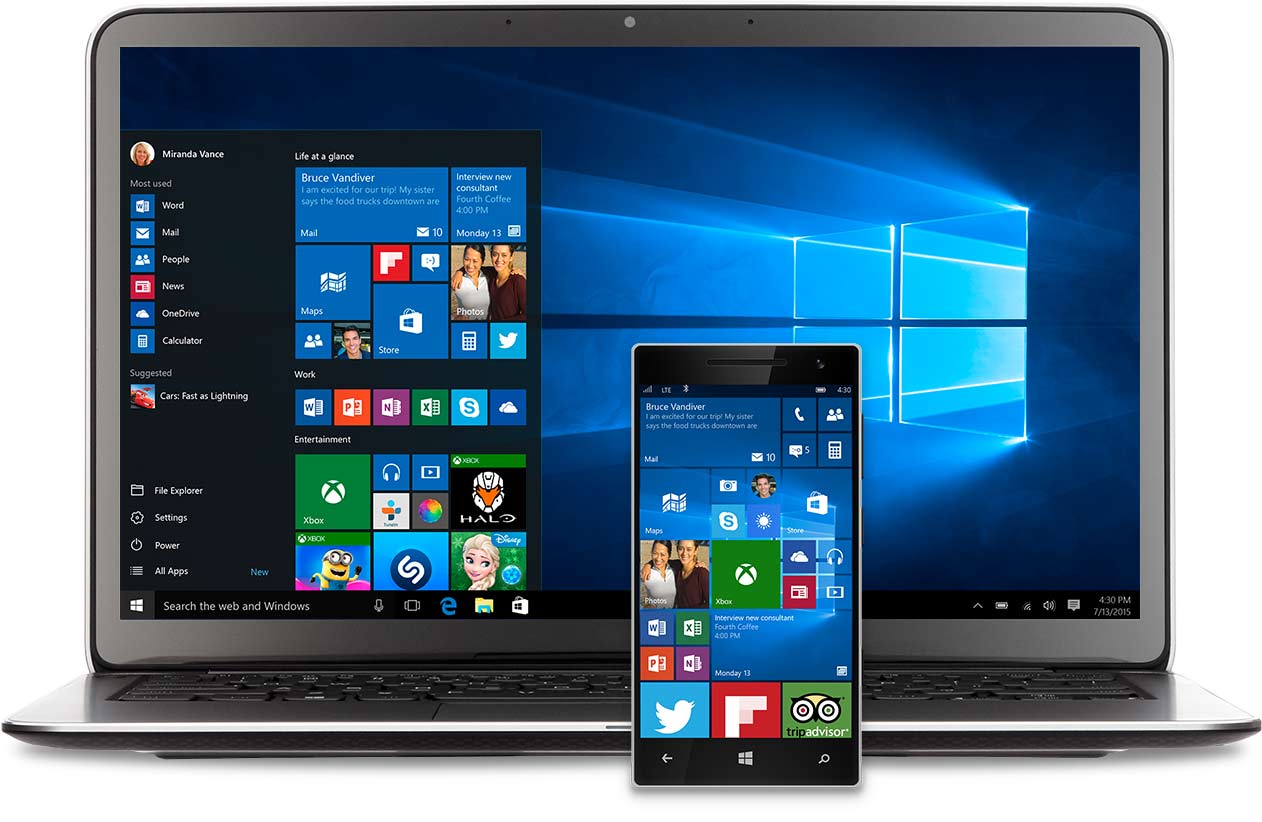
It's important to understand that this facet of what I believe was Microsoft's original mobile plan was not a redundancy. There was no attempt to bring full Windows to "phones." Microsoft had Windows 10 Mobile for phones.
Full Windows on ARM is not an attempt to bring full Windows to phone.
It is, however, an attempt to optimize Windows on cellular-connected hardware to a point where PCs could be moved into smaller mobile form factors with the addition of telephony.
Unique PC form factors, on pocketable devices with Continuum and context-conforming CShell I believe has long been Microsoft's goal.
Skype sets a precedence for making phone calls on PCs.
I know it's challenging for some readers to visualize the difference between this and bringing full Windows to a phone. The simplest way to put it is to consider the starting point.
Microsoft's not starting with a smartphone and cramming a PC OS onto it and calling it a PC. It's starting with a PC, optimizing it for ARM and cellular connectivity and giving it a form-factor that is pocketable while adding phone attributes such as telephony, and acknowledging it as what it is, a PC.
This analysis is consistent with Joe Belfiore's statement that full Windows on ARM is for PC's and not phones. The device I'm describing is a PC.
What could have been
I believe if Windows 10 Mobile had succeeded Microsoft would've had two telephony capable mobile devices on the market: smartphones running Windows 10 Mobile and ultramobile PCs running full Windows on ARM. If this scenario had played out, Microsoft's first-party aspirational devices for each category would have been reference points for OEM partners.
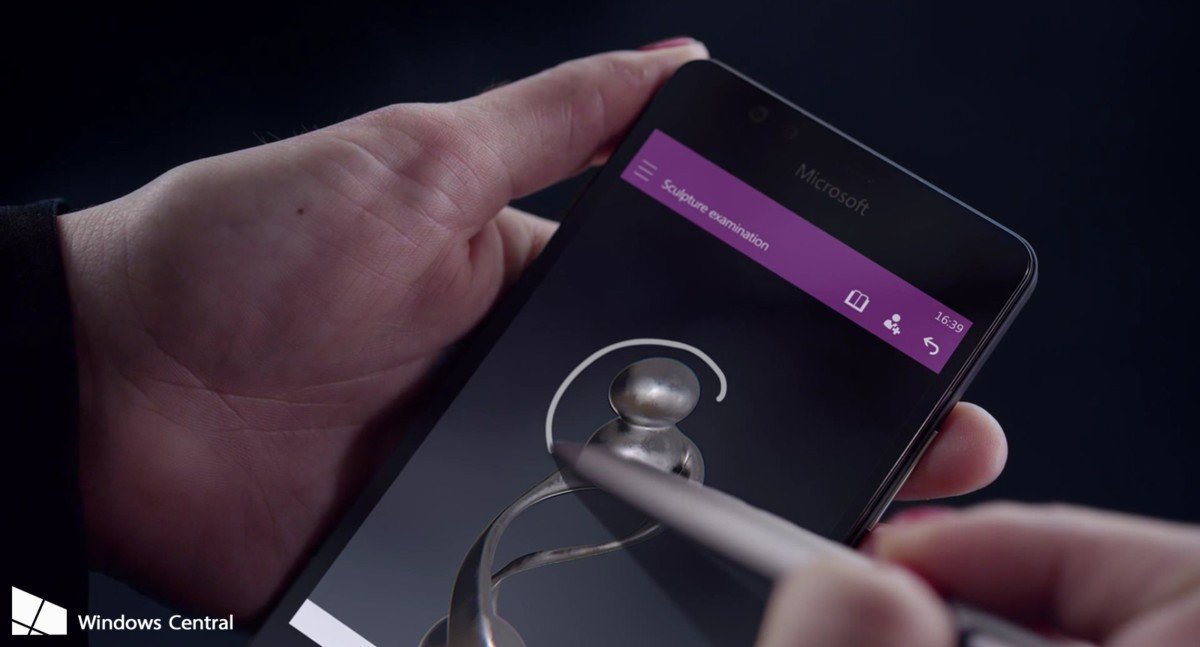
Smartphones running Windows 10 Mobile would have been the more affordable of the device types. Ultramobile PCs would command a premium price. Microsoft's long-term goal, I believe, would have been for form-shifting ultramobile PCs to represent the future-in-the-present as the one device that could be all devices: smartphone, small tablet, and PC via Continuum.
Microsoft's representation in the market with the current device paradigm, smartphones, while also positioning what it believes to be their natural successor, ultramobile PCs, would have been a strategic advantage for Microsoft.
Salvaging what's left and doing their best
Since Windows 10 Mobile failed I believe Microsoft's still pursuing its full Windows on ARM on ultramobile PC strategy. It's just doing so without the benefits a successful smartphone platform would have added to the equation. It's also gleaning all it can from Windows 10 Mobile and its users before allowing it to die.

This push forward with part of its mobile plan after Windows 10 Mobile's failure may seem desperate, even foolhardy to some. But regardless of the success of its cross-platform efforts and integration of rival platforms in its Microsoft Graph, without its own mobile play, Microsoft's relevance in personal computing would continue to diminish. Microsoft has to do something, which is why they would've been pursuing a post-smartphone strategy with Windows 10 Mobile or not.
Jason L Ward is a columnist at Windows Central. He provides unique big picture analysis of the complex world of Microsoft. Jason takes the small clues and gives you an insightful big picture perspective through storytelling that you won't find *anywhere* else. Seriously, this dude thinks outside the box. Follow him on Twitter at @JLTechWord. He's doing the "write" thing!

